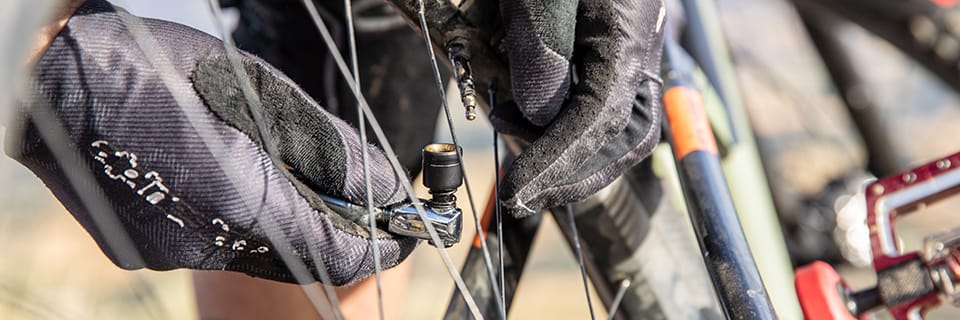Did your last mountain bike outing result in multiple punctures? After spending hours looking for holes in the water basin, carefully rubbing the rubber and sticking patches, you finally opted for a Tubeless Ready set-up so you wouldn't have to use inner tubes. But you still have doubts about the choice of preventive fluid?
Here are a few tips to help you better understand the wide choice of puncture-prevention fluids available on the market.
What is the purpose of bicycle preventive fluid?
A tubeless-ready tire allows tubeless riding. To achieve this, the beads have been specifically designed to ensure a good fit on the rim and a watertight seal. That said, like tubeless ready rims, the sidewalls of these tires are not watertight. As a result, it's essential to use a liquid when fitting them, which has a dual action: on the one hand, it seals the whole assembly; on the other, it acts as an anti-puncture preventive, plugging small perforations caused by the terrain or over-aggressive riding.
Produced from synthetic or natural latex, these anti-puncture fluids have a preventive and repairing role while riding that has won over occasional and regular cyclists alike, from leisure to competition, and from muscle to electric assistance.
Not to be confused with mounting fluid or puncture repair spray. Mounting fluid helps to position the tire in the rim grooves, making installation easier. Anti-puncture spray, on the other hand, is a single-use product that not only repairs but also quickly reinflates your tire without dismounting it, in the event of small punctures during a ride or race.
How to choose your anti-puncture fluid?
Selecting an anti-puncture product from the wide range of brands on offer can be a daunting task for the less experienced among you. However, a quick overview is all you need to make your purchase like an expert!
Soft pods and burettes with applicator caps under 250 ml are ideal for testing different formulas, but also for carrying in your backpack or toolbox. Bottles of less than 1 l sold with syringes or pouring tube will appeal to cyclists who like clean work, as they allow the tire to be filled via the valve. As for the cans without applicator kit and over 1 liter, they will be of use to riders with more than one bike in their garage or who change tires several times during the season.
The more fluid ones are appreciated by racers, as they perfectly coat the tyre. tire once in rotation, and quickly fills holes. What's more, this low-viscosity consistency means that the fluid can be filled into the tire via the valve, limiting the risk of clogging, and without dismounting the tire in the event of re-leveling. It is also possible to choose a thicker liquid, in the form of a jelly, which is designed to block larger-diameter perforations.
Some preventatives are specially formulated to work in conjunction with anti-pinch foams. In other words, they are not absorbed by the foam.
If you want to use them with a tubetype set-up, it's useful to know that some ranges of preventatives are not suitable for latex inner tubes. In this case, you'll need to opt for dedicated products that don't contain aggressive agents that could damage them.
For cyclists with carbon rims, we recommend an ammonia-free synthetic latex formula. This will protect rims and tires from corrosive agents and prolong their performance.
Use and care advice
Apply preventive fluid to the wheel
Applying the product takes a little time, and sometimes patience, but there are a few things to bear in mind to ensure a clean application.
We explain everything:
By removing the tire...
The quickest and most common method, but one which requires a certain amount of dexterity, is to use a tyre removal tool. tire iron and slightly unscrew the sidewall over a distance of about ten centimetres, in order to pour the preventive fluid directly into it before reassembling it. Once the wheel wheel is removed from the bike, position the tire opening downwards and keep the wheel upright to avoid spilling the fluid out of the tire. Once the liquid has been poured directly into the tire, all that's left to do is re-spray it - admittedly the most delicate stage of the process. Remember to protect your clothing, as the preventive fluid can splash out and damage your clothes forever.
If this happens, don't panic: simply wipe off the spill immediately with a cloth soaked in nail polish remover.
Through a Presta...
Another possible method is to inject the preventive fluid directly between the tire and the rim, via the valve. This technique requires a container with applicator or syringes, and Presta valves with removable shells. After the operation, simply refit the shell and pressurize the tires. This method is less messy, and above all it's perfect for fitting rigid tires requiring patience and skill.
Through a Schrader valve...
If you're one of those people who can't do without Schrader valves, it's possible to reproduce the previous technique by ensuring that your shell can be dismantled. This is done with a shell remover. Then simply insert the preventive directly into the empty part of the tire via the valve, using an injection syringe.
How much liquid should I use?
Now that you've worked out how to choose and install puncture-prevention fluid, you're probably wondering how much should be injected into your wheel?
This depends on the size and cross-section of your tire, in addition to the manufacturer's recommendations. You might think that the larger the tire, the more fluid you need. Here are some key indicators:
- 700C rim: 30 ml to 60 ml;
- 26" and 27.5" rims: between 60 ml and 90 ml;
- 29" rims: between 65 ml and 100 ml ;
- 27.5+'' and 29+'' rims: 125 ml to 160 ml.
How to distribute the fluid in the wheel?
Once the fluid has been applied, apply pressure to the tire and rotate the wheel to distribute the fluid evenly inside. Start with the wheel dismounted, by hand.
Then, to finalize, it's best to mount the wheel and ride your bike for a few hundred meters.
How often should I reapply anti-puncture fluid?
Puncture-prevention fluid requires special attention, as it needs to be changed if necessary and checked fairly regularly. It dries out over time. The frequency of inspection depends on a number of parameters, such as tire brand, driving frequency, season and even the type of puncture-prevention fluid. On average, we recommend a check-up every two to six months.
The absence of fluid or the presence of a worn preventive will result in a significant and regular loss of pressure, as well as no longer fulfilling its role in the event of a puncture. On a mountain bike, for example, with a Tubeless Ready mounting, it's not out of the question to lose some preventive fluid while riding, especially if you're leaning a little too hard, causing a slight stall. This is easy to see, as Tubeless preventive fluid stains the wheel and catches on dirt. If you notice any such marks, it's best to top up with this precious fluid before your next ride.
Découvrez tous nos conseils & Tutoriels
ACCESSORIES - Anti-Puncture Sealants
-
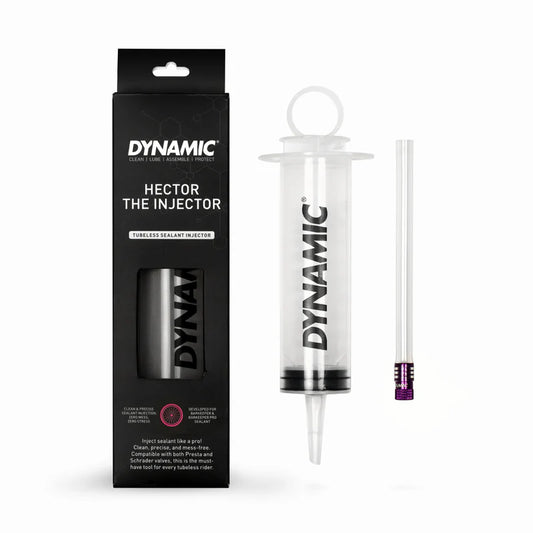

Syringe for Preventive Liquid DYNAMIC HECTOR THE INJECTOR
Regular price 15,99 €Regular priceUnit price per -
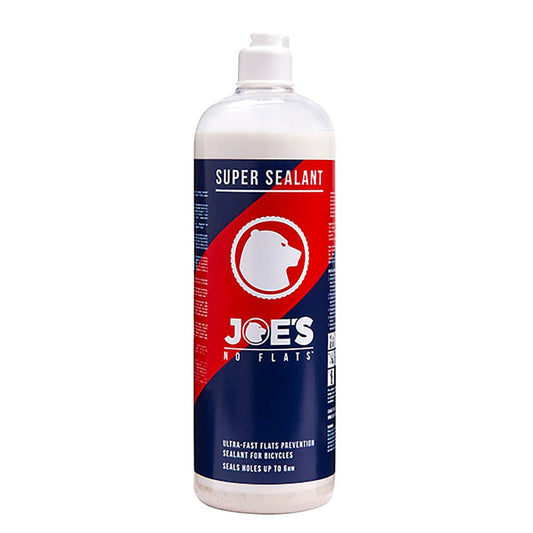
JOE'S NO-FLATS SUPER SEALANT Puncture-Prevention Liquid (1L)
Regular price 19,99 €Regular priceUnit price per -
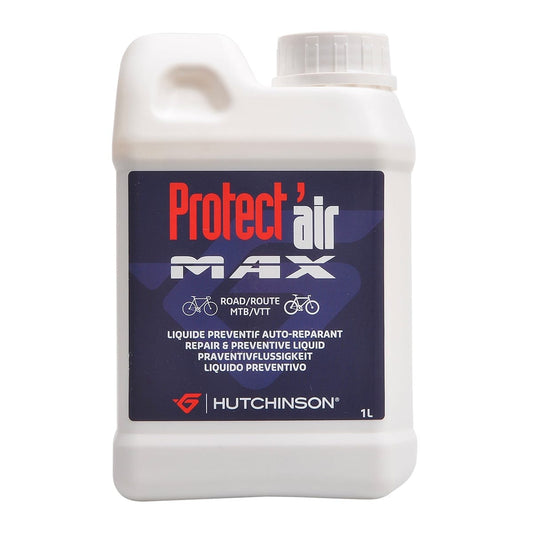
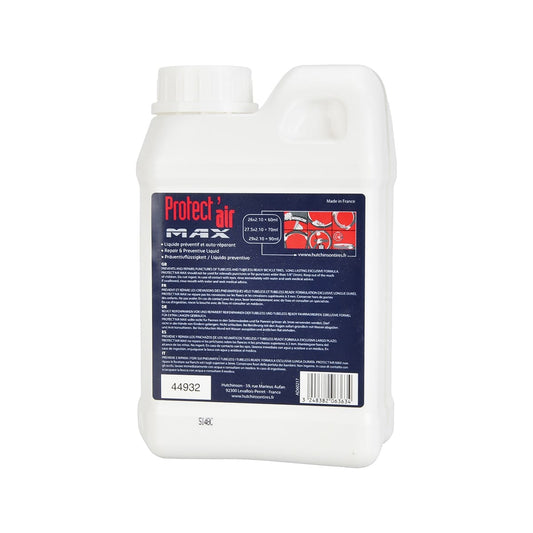
HUTCHINSON PROTECT'AIR Anti-Puncture Liquid 1 L
Regular price 21,99 €Regular priceUnit price per -
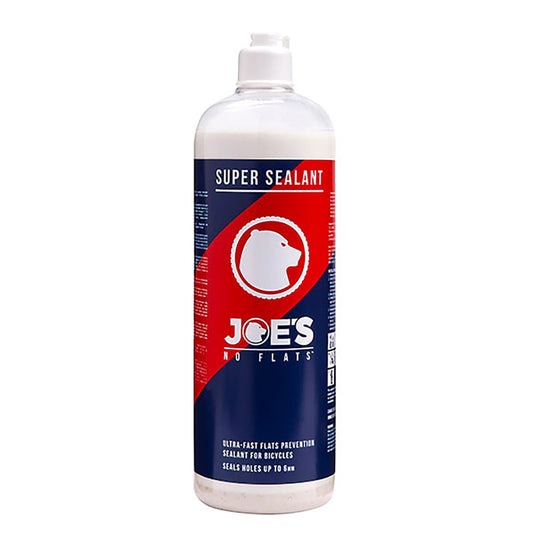
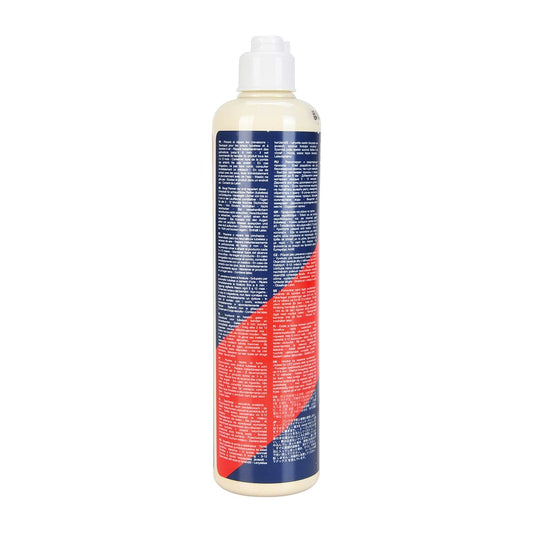
JOE'S NO-FLATS SUPER SEALANT Puncture-Prevention Liquid (500 ml)
Regular price 11,99 €Regular priceUnit price per -
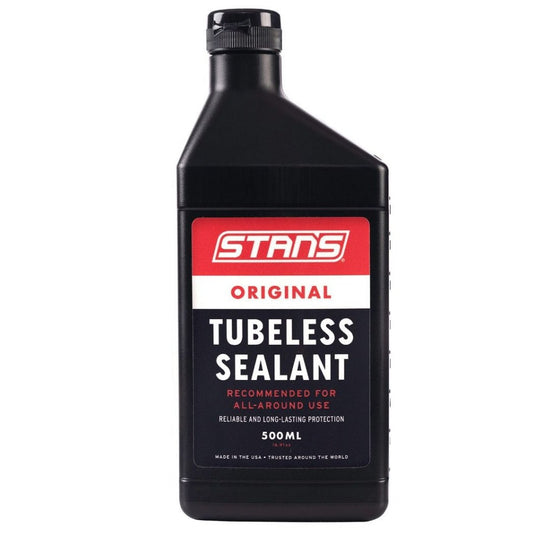
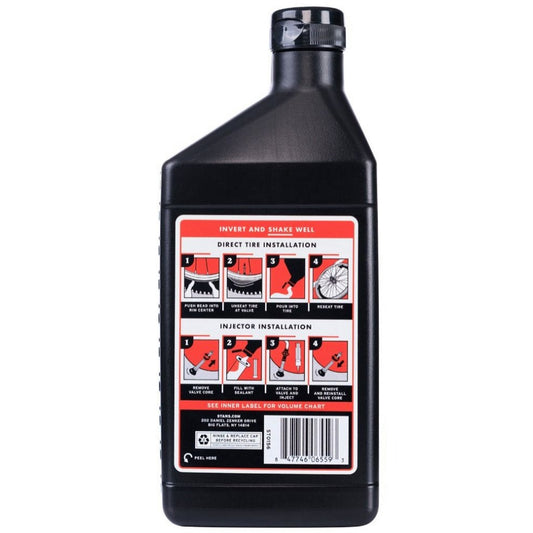
STAN'S THE SOLUTION Anti-Puncture Preventive Liquid (500 ml)
Regular price 21,99 €Regular priceUnit price per -
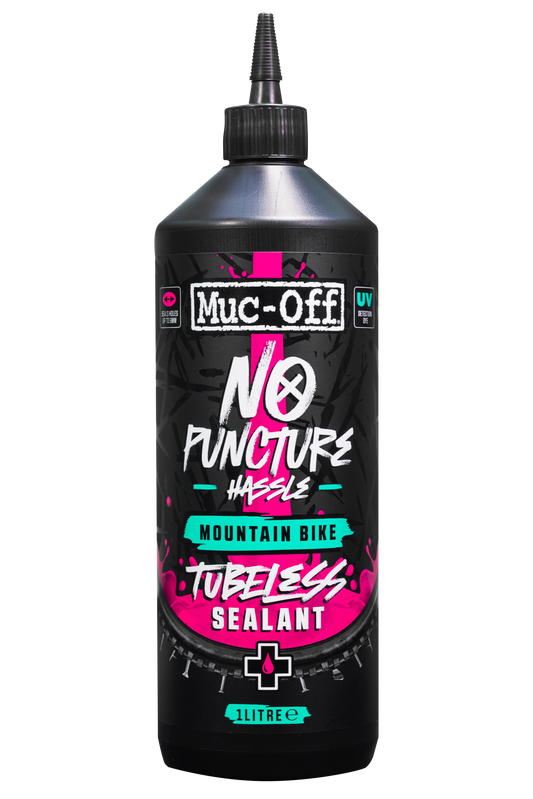
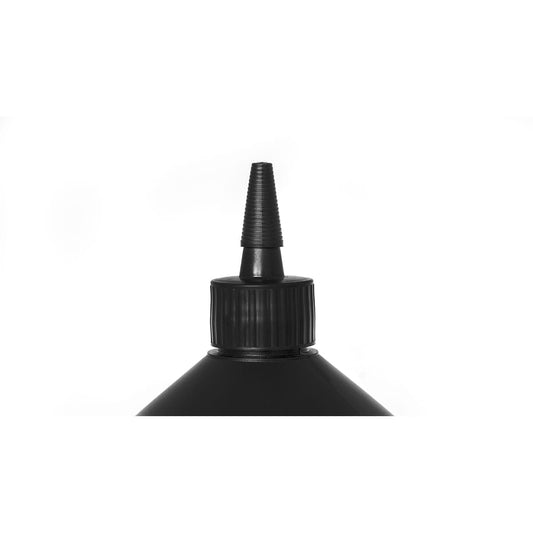
Anti-puncture and tubeless preventive MUC OFF NO PUNCTURE (1L)
Regular price 34,99 €Regular priceUnit price per -
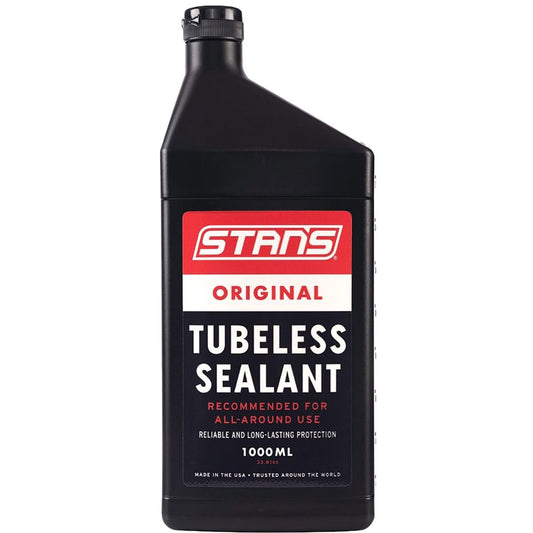
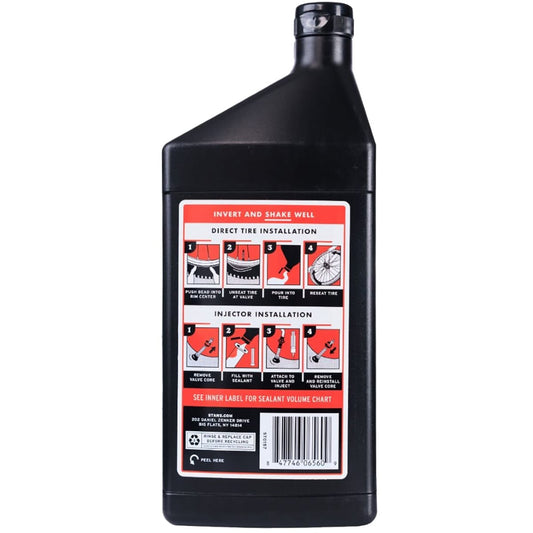
STAN'S THE SOLUTION Anti-Puncture Preventive Liquid (1000 ml)
Regular price 34,99 €Regular priceUnit price per -
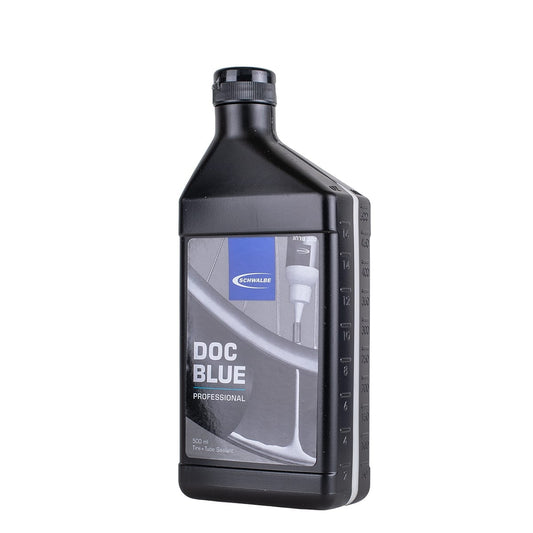

Tubeless preventive fluid SCHWALBE DOC BLUE PROFESSIONAL (500 ml)
Regular price 17,99 €Regular priceUnit price per
